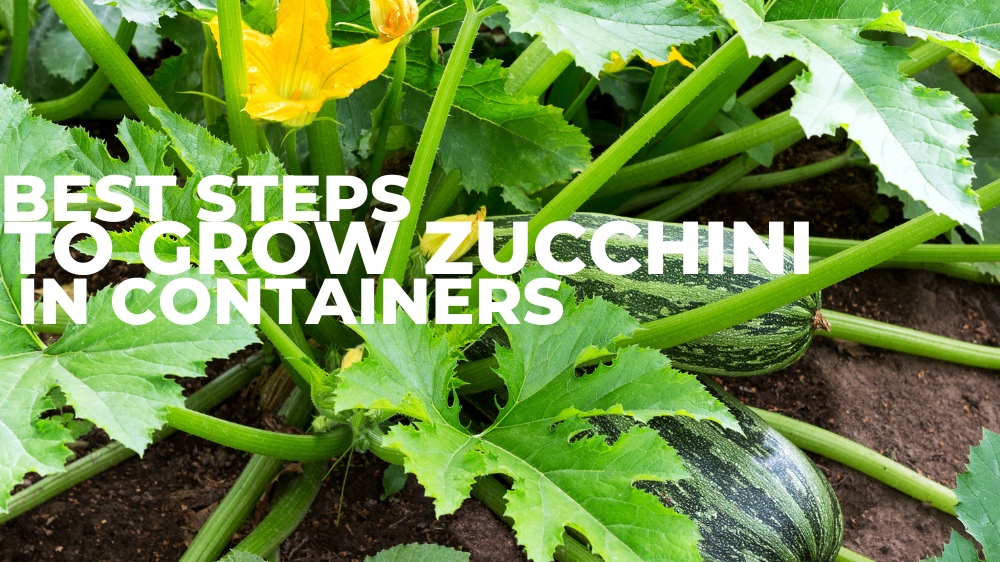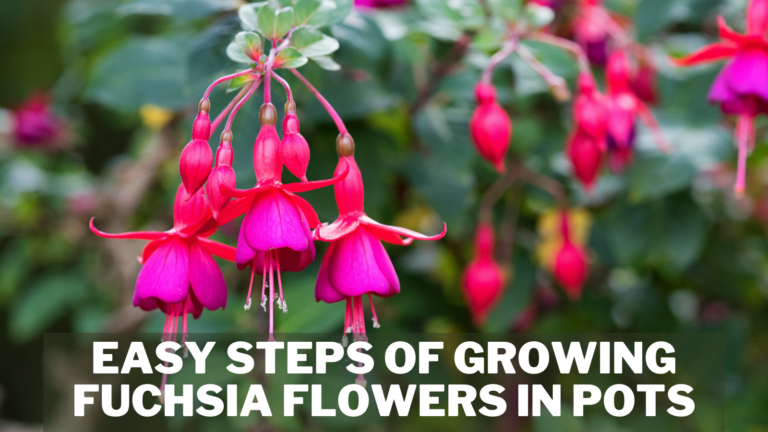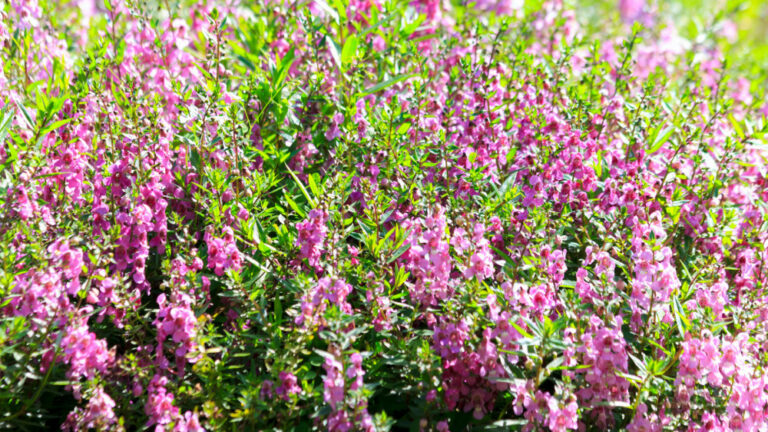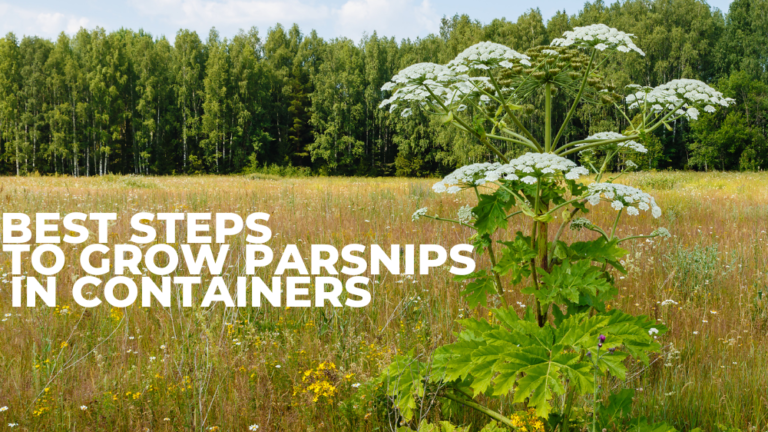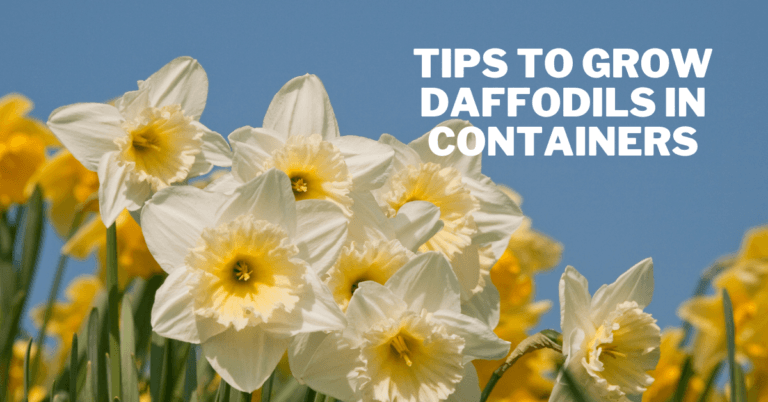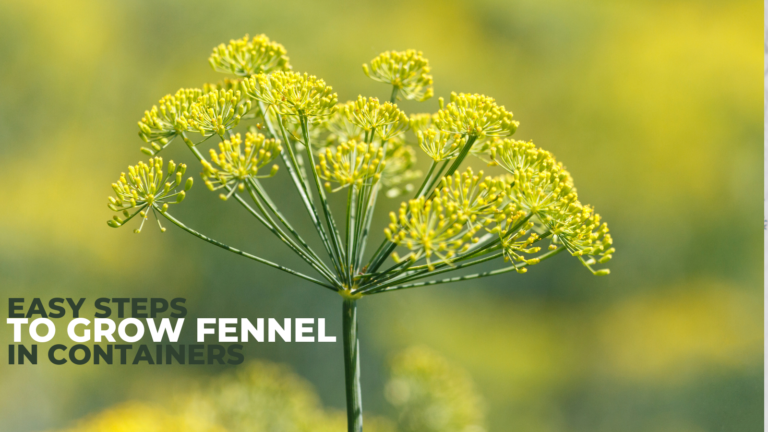Best Steps To Grow Zucchini In Containers
Best Steps To Grow Zucchini In Containers
If you adore zucchini but lack a gardening area, think about growing zucchini in containers.
Although zucchini plants can take up a lot of room, growing them in container gardens on your patio or balcony is not as difficult as you might think. Learn more about zucchini in containers by reading on.
What Is A Zucchini?
Summer squash, a type of zucchini from the Cucurbitaceae plant family, is also known as green squash. Although the Cucurbita genus has roots in the Americas, modern zucchini originated in Italy during the nineteenth century and got its name from the Italian word for squash, “zucca.” (The word “courgette” is used in French.)
The “Black Beauty” variety of standard zucchini is a dark green variety sold in grocery stores. Although it is a fruit, zucchini is frequently used as a vegetable because it is simple to prepare.https://livingtheveganlifestyle.org/gs3f
Zucchini slices can be roasted on a baking sheet with diced chicken thighs for a quick and easy sheet pan dinner, or added to a vegetable soup as diced zucchini. Slice raw zucchini and serve it with hummus or other dips as a snack or side dish.
The vegetable is the main component of zucchini bread and zoodles, a popular no-carb pasta alternative.
History And Origin Of Zucchini
Summer squashes like zucchini are technically fruits because they come from blooming plants, although they are more commonly referred to as vegetables in the food industry.
Unbelievably, the zucchini variety of squash we eat today is a comparatively recent development. The zucchini variety was not grown in the United States until the 1920s, despite the squash being an American native.
The zucchini variety was first cultivated in Italy in the 19th century. Along with the vegetable, the term “zucchina” for the plant is derived from the Italian word “zucca,” which refers to a gourd, pumpkin, or squash. The plural word “zucchini”—or “courgette” in other languages—is what has persisted with Americans, though.
Since arriving in the United States, versatile vegetables have grown in popularity. It's a delicious, low-calorie alternative that includes a variety of essential vitamins and nutrients, including vitamin C, vitamin B-6, vitamin K, manganese, folate, copper, phosphorus, and potassium.
Since the plant is primarily composed of water, it is easily digestible. The food contains protein, zinc, niacin, omega-3 fatty acids, and fibre. These early, long-fruited Italian summer squash are thought to be among the founders of the C. pepo subsp.
Pepo Cocozelle Group, distinguished by their long, bulbous, cylindrical fruits, according to a painting from the period, an early 17th-century herbal by Jean Bauhin (published in 1651), and late 18th-century illustrations by A.N. Duchesne.
Another cylindrical summer squash, but one without a bulb, the zucchini was developed considerably later, in the Milan area in the mid-19th century.
Zucchini has become the most widely distributed summer squash, surpassing other varieties in both availability and popularity.
Economically, it is now considered the most commercially significant cultivar within the Cucurbita genus, generating more revenue than all other squash varieties combined.
Types Of Zucchini
Squashes, of which all varieties of zucchini are a subtype, are abundant in the summer and may add flavour and umami to any cuisine. Any squash's luscious, crunchy flavour adds a taste to a stir-fry or roast, but zucchini is excellent for this use.
There are many varieties of zucchini, some of which are available year-round. You can choose the popular zucchini variety that best suits your needs from our list.
To grow zucchini in containers, it is essential to know about the best varieties.
1. Black Beauty Zucchini
The reason for the name “black beauty” of this zucchini is that it has stunning, dark green skin that almost seems black. These squashes are long and lean; you may eat them all season long. They'll be tasty whenever you select them.
This particular zucchini variety is exceptional because it produces abundantly throughout the summer. This squash plant can be grown successfully in your yard as part of backyard farming if adequately cared for.
The “beauty” of this lustrous black squash can be linked to several things, but my favorite is the yield.
2. Nero De Milano Zucchini
This exotic-sounding zucchini originates in Italy, specifically in the Lombardy region, as the name may have already suggested.
This zucchini plant is particularly lucrative for backyard gardeners with green thumbs.
Nero di Milano, which translates to “Black of Milan” in English, refers to the squash's skin colour so deep that it might appear black.
These 8-inch-long zucchini varieties should be picked as soon as the squash matures. The more fruits you remove from this plant, the more you stimulate it to produce more.
3. Bianco Di Trieste Zucchini
The Bianco di Trieste zucchini is a delicately green vegetable with lovely skin. These shorter zucchini varieties typically only reach half the length of many taller squashes.
Italian for “white” is “bianco,” and Trieste is the Italian city where squash first gained popularity. Additionally, they often have a little extra room at the bottom, thanks to their tendency to be slightly bloated.
As one of the earliest fruits to bloom during the season, these zucchini cultivars are also renowned for their rapid output.
Their stunning appearance on a salad dish is due to the pale green of their skin, which can almost be mistaken for white.
4. Tromboncino Zucchini
The tromboncino zucchini gets its name because it resembles a trombone or, at the very least, a brass family wind instrument.
Although this squash is also frequently called zucchetta, its Italian name translates to “small trumpet.” This squash has a long, lean shape.
These various zucchini varieties have an upward-turning bottom that gives it the appearance of an instrument. They can get up to three feet long!
These squashes typically have a light green tint, but they become increasingly pale as they age and can even turn creamy.
Since they are one of the climbing veggies, these plants are also called climbing zucchini in contrast to the common bushy zucchini plant variation.
5. Cocozelle Zucchini
Cocozelle zucchini is often one of the most watery types, but still has a delicious flavour.
Although the two can appear quite similar, they can be distinguished from a dark green cucumber by the unique dark green stripes on its body.
The optimal time for harvesting cocozelle zucchini must be chosen, as they are less watery than most other types and could otherwise become too dry for cooking.
The flavour of this zucchini can be exquisite if you choose it and cook it at the proper time. This type is frequently recognized as a traditional Italian heirloom zucchini that gained popularity in Naples.
Grow Zucchini In Containers
Zucchini is the way to go if you want to feel like a successful gardener (even if you don't have a garden). Let us demonstrate how to produce zucchini in pots and offer our advice for a plentiful crop.
1. Choose The Right Containers
Due to its weak root system, zucchini is well-suited for container gardens. A container with a depth of approximately 12 inches should be sufficient.
However, zucchini requires a lot of resources to develop and produce appropriately because it is a highly demanding plant. This implies that the better container size is one you can offer.
The need to replace the nutrients over time decreases with container size. (And the less irrigation it needs.)
A 12-inch-wide container can serve as a bare minimum. However, you will do better with a container at least 24 inches across for most varietals.
For instance, you may put three to four zucchini plants (perhaps even a few companion plants) in a half-55-gallon barrel.
If you use plastic, try to use recycled plastic. Terracotta pots are a fantastic choice for an environmentally friendly garden.
They dry out rapidly, so they may not be ideal for plants that require a lot of water, such as zucchini. An excellent option is a wooden planter lined with hessian or another natural material.
These plants can also be grown in glazed ceramic planters, although they may be more expensive. Whatever container you decide on, ensuring the bottom has drainage holes is crucial.
Although they enjoy a lot of wetness, zucchini does not want to be soggy. If water gathers around the plant's crown, the stems may begin to rot at the base.
2. Soil To Grow Zucchini In Containers
It is crucial to carefully consider the choice of potting mix once you have selected the appropriate pots. Selecting a fertile, well-draining mix is vital.
There is disagreement over whether you should select a potting mix containing dirt or not. If you enjoy doing things yourself, consider creating your potting mix at home.
These plants thrive in my homemade mixture, which consists of roughly one-third loam (from my garden), one-third compost, and one-third leaf mould (made from fallen leaves).
Since garden soil may contain pathogens that cause plant illnesses and, more importantly, it is likely to contain weed seeds that will encourage weed growth, many people advise against using garden soil in containers.
3. Watering Zucchini Plants
For optimal production, zucchini requires a somewhat damp growing medium. For this reason, before the soil dries out, you will need to moisten it deeply and repeatedly.
The best time to water is in the morning so the foliage can dry out by night and avoid being colonized by pests and various diseases.
Avoid overhead watering, as it concentrates water on the foliage, which can feed powdery mildew. Instead, carefully trickle water into the soil around the plant's base, allowing it time to permeate before it evaporates.
4. Sunlight Requirements To Grow Zucchini
Look for a spot that receives at least six hours of direct sunlight daily, ideally 10. Because these plants don't mind the heat, placing them along a south-facing wall usually works well.
During the hottest days, watch the soil's moisture level and water more frequently if you see the leaves wilting.
If you choose a vining variety, think about the trellising system you want to use. Your container could fall over if the trellis is too tall, especially as the plant climbs it.
If the pot isn't big enough to support the weight, you'll have to fasten it to a wall or railing.
5. Fertilizer Requirements To Grow Zucchini
The ideal fertilizer has 10-10-10 NPK (10% nitrogen, 10% potassium, 10% phosphorus), which promotes fruit and blossom output. Use a water-soluble fertilizer after further dilution, as directed by the manufacturer.
In addition to side-dressing, it is recommended to fertilize the plant with well-rotted manure at the time of transplanting or during the middle of its growth cycle.
6. Pruning & Mulching Of Zucchini Plants
The productivity and health of your zucchini plants can be significantly impacted by proper maintenance, particularly if you're growing them in pots.
Two key techniques to keep in mind are pruning and mulching. Pruning helps control the spread of your zucchini plants and keeps them healthy.
Trim leaves and stems at the base when they begin to turn yellow, get crispy, or become tangled. This prevents disease and encourages better air circulation, which can improve fruit production.
Mulching is an excellent way to conserve water and retain moisture in your containers. Organic mulch slows down the evaporation of water from the soil and helps regulate soil temperature.
In container gardening, mulch also adds nutrients to the growing medium. Homemade compost or leaf mould makes a great mulch choice for container-grown zucchini.
7. Pests & Diseases Of Zucchini
Zucchini plants are generally hardy, but they can fall victim to pests and diseases, especially in warm, humid conditions. A common fungal issue is powdery mildew, which typically appears late in the season.
It appears as a white or gray dust on the leaves. To treat it, spray your plants once or twice a week with a mixture of:
- 1 cup of milk
- 1 cup of water
- A few drops of dish soap
Alternatively, neem oil spray is an effective organic option.
Be sure not to compost infected plants after harvest, as this can spread the fungus to other plants. To handle pests, consider using spinosad, a naturally occurring soil bacterium that targets common garden pests without harming beneficial insects.
8. Harvesting And Storing Zucchini
After planting, your zucchini will be ready to harvest six to seven weeks later. To ensure sensitive fruit and tiny seeds, pick them when they are young.
Instead of removing the zucchini stem from the plant, cut it using scissors or pruning shears. Removing the stem can protect the plant and delay mould growth on the zucchini.
Plants for summer squash expand wildly. They are a vegetable that never ceases to provide.
Harvest zucchini frequently, as they can transform overnight from a standard size to a baseball bat size.
When the season is at its peak, check on your plants daily. When they are grown, they are still edible but will be mealy and have big seeds. This is an illustration of a squash that grew to an enormous size.
Summer squash can also be dried out. However, canning is not recommended. You may have read many articles on water-bath or pressure canning zucchini, but there are currently no established safety standards, and botulism is not something to be taken lightly. Be safe and dehydrate or freeze instead.
Do you want to freeze or dry your produce? Give some of your bounties to the local food bank!
Fruits and vegetables are not frequently donated to food banks, so their clients will appreciate the fresh food. You can also offer a little to your neighbourhood tortoise as a tasty gift.
Ways To Store Zucchini
Depending on how you intend to use the zucchini in recipes, there are various ways to store it. Here are some suggestions for storing zucchini:
1. Fresh Zucchini Should Be Stored At Room Temperature
The best place to keep the vegetable is on the counter if you intend to cook it soon after purchasing it. Before cooking, rinse the vegetables quickly in cold water.
2. Flash Freeze Your Cut Zucchini
Flash-freezing your cut zucchini can prevent the pieces from sticking together when stored in the freezer for an extended period.
First, arrange the vegetables in a single layer on a baking sheet and freeze for a few hours. Sliced vegetables should be removed and placed in an airtight container or freezer bag, then returned to the freezer.
Frozen zucchini can be stored without developing freezer burn for up to three months. To use frozen zucchini, thaw them in the refrigerator or under cold running water.
3. Keep Whole Zucchini In Fridge
If you intend to use fresh zucchini more than a few days after purchase, store them in the fridge in a paper bag. If you store the whole zucchini in a crisper drawer or paper bag that allows air circulation and prevents wilting, it will stay fresh for over a week.
Avoid storing zucchini in airtight containers or plastic bags, as the lack of air circulation can affect the vegetable's quality.
Conclusion
It's not much more challenging to grow zucchini in containers than in the ground, and once you get the hang of it, you might find that you never want to grow them the traditional way again.
Please let me know in the comments section below if you encounter any difficulties we did not discuss. Nothing makes me happier than listening to and giving advice to other gardeners.
I trust you enjoyed this article on the Best Steps To Grow Zucchini In Containers. Please stay tuned for more blog posts to come shortly. Take care!
JeannetteZ
>>> Please click here to read my all-inclusive article about Container Gardening <<<
>>> Are you interested in homegrown herbs and medicine? Please click here to find out more about it! <<<
Your Opinion Is Important To Me
Do you have thoughts, ideas, or questions? I would love to hear from you. Please leave me your questions, experiences, and remarks about this article on the Best Steps To Grow Zucchini In Containers in the comments section below. You can also email me at Jeannette@Close-To-Nature.org.
Disclosure
This post may contain affiliate links. I earn from qualifying purchases as an Amazon Associate and through other affiliate programs. Please read my full affiliate disclosure.
You might also enjoy these blog posts:
Best Steps To Grow Pumpkins In Containers
Best Steps To Grow Kiwi In Containers
Best Steps To Grow Asparagus In Containers
Best Steps To Grow Brussels Sprouts In Containers
Best Steps To Grow Bok Choy In Containers

